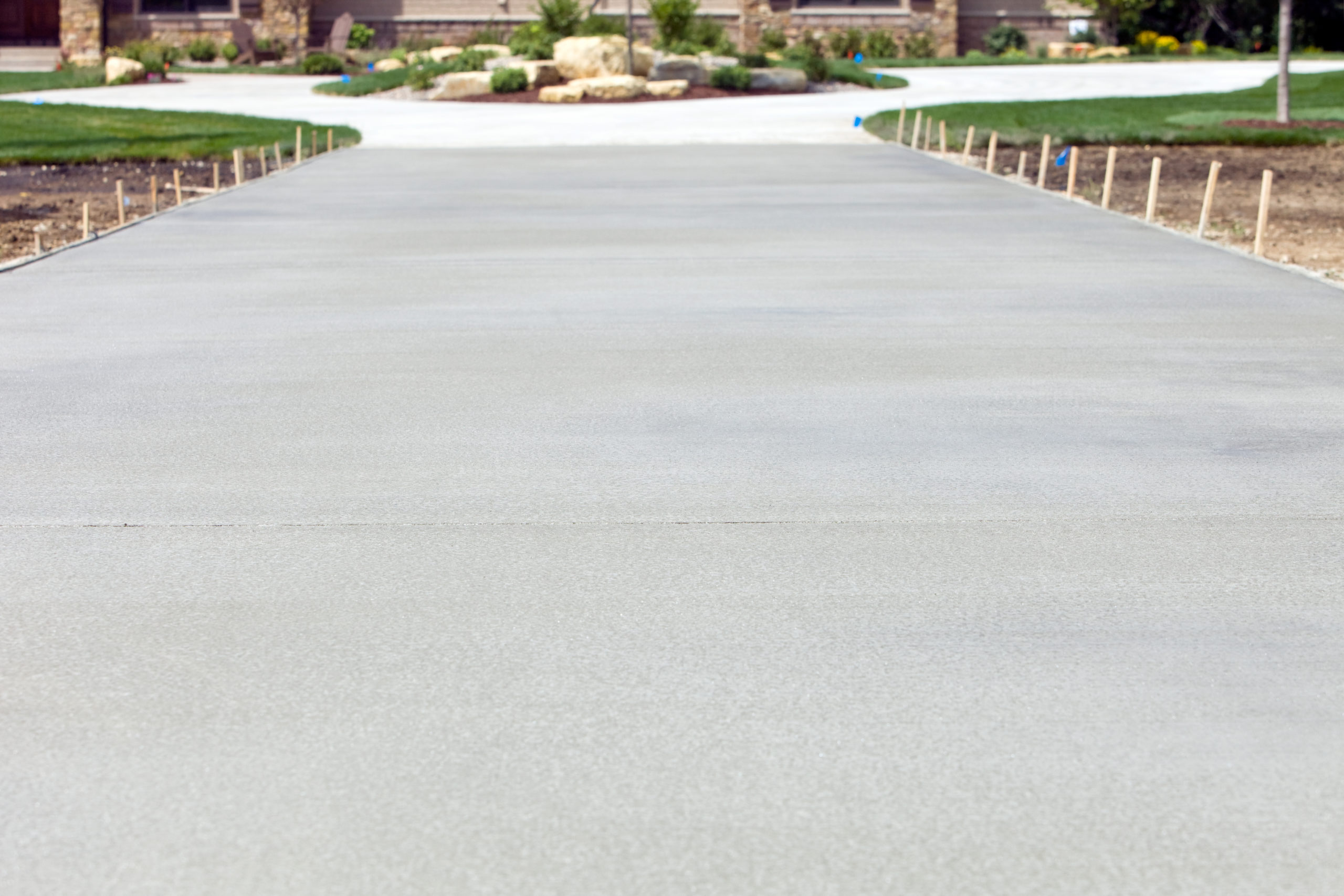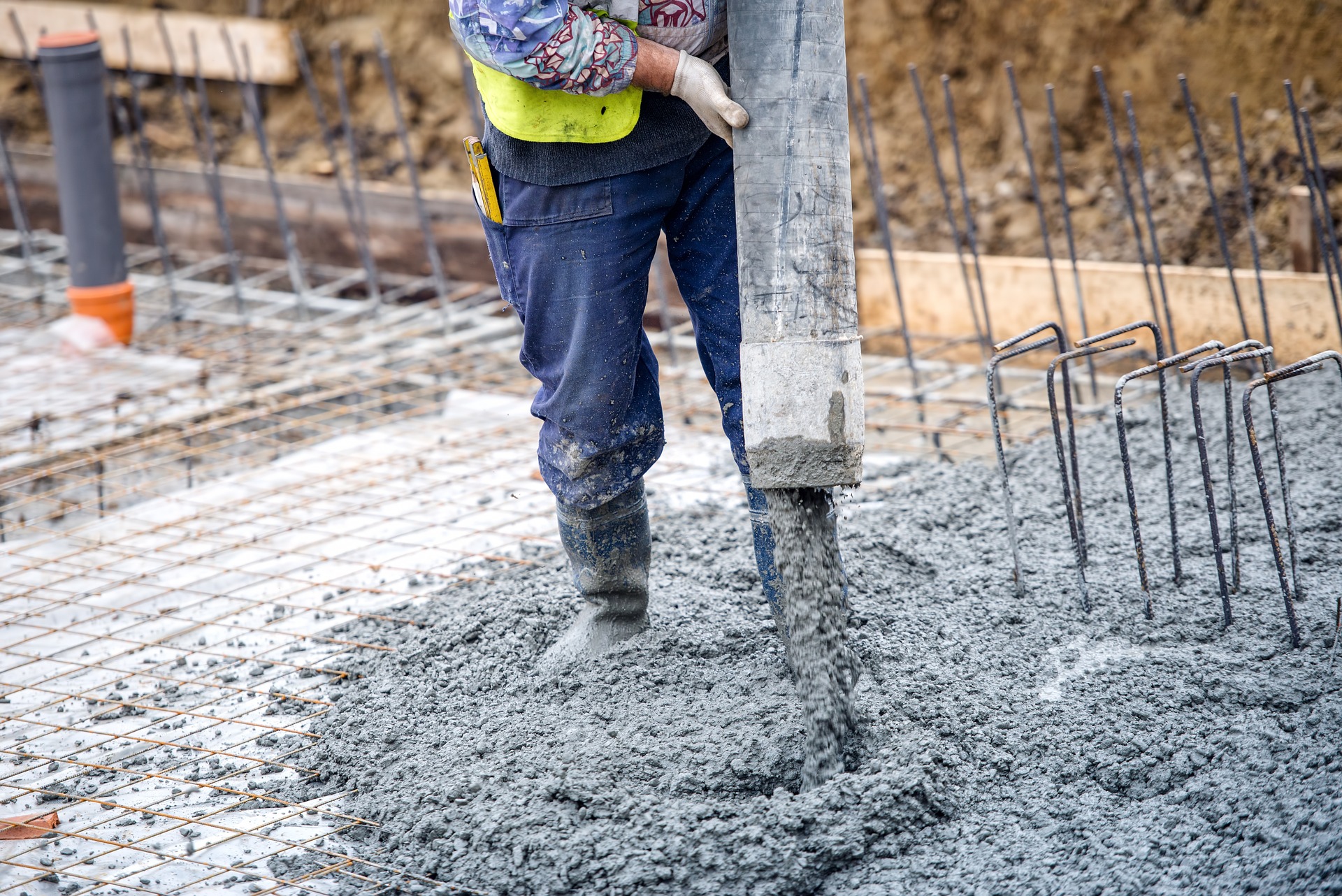Unveiling the Eco-Friendly Advantages of Utilizing Recycled Concrete in Lasting Building Practices
In the world of lasting building and construction techniques, the application of recycled concrete stands as a pivotal yet often underestimated source. Beyond its standard applications, recycled concrete deals a myriad of environment-friendly advantages that expand far beyond the confines of traditional construction products. From lowering environmental influence to improving cost-efficiency, the implications of integrating recycled concrete in lasting building methods are significant. This functional product not just addresses pushing environmental concerns yet additionally presents a feasible option to the challenges encountered by the building and construction industry at huge.
Ecological Benefits
By integrating recycled concrete into building and construction methods, there is a substantial decrease in the requirement for brand-new raw products, leading to preservation of natural sources. Additionally, the usage of recycled concrete diminishes the amount of waste being sent out to land fills, consequently lowering ecological contamination and reducing the stress on land fill abilities (Concrete).

In contrast, recycled concrete has a lower carbon footprint as it reduces the need for new concrete manufacturing. In general, the ecological benefits of utilizing recycled concrete are considerable and play an essential function in promoting green building approaches.
Cost-Efficiency
When examining the utilization of recycled concrete in construction jobs,Accomplishing cost-efficiency is a paramount consideration. Among the essential benefits of utilizing recycled concrete is its cost-effectiveness contrasted to typical concrete. The production of recycled concrete entails much less energy and resources as it makes use of existing materials, decreasing the total task prices considerably. Additionally, the schedule of recycled concrete locally can better decrease transportation costs, making it a much more cost-effective selection for construction jobs.
In addition, using recycled concrete can bring about financial savings in land fill expenses by drawing away concrete waste from disposal sites. This not just decreases the ecological impact however likewise gets rid of the costs associated with waste removal. The sturdiness and efficiency of recycled concrete are comparable to conventional concrete, making certain that cost financial savings do not endanger the top quality of the construction.
Longevity and Strength
Taking into consideration the significant cost-efficiency advantages of making use of recycled concrete, it is imperative to examine its toughness and toughness in building and construction applications. Recycled concrete offers equivalent, if not remarkable, resilience and toughness homes to standard concrete. Through innovations in handling methods and top quality control, recycled concrete can meet or surpass the performance criteria of standard concrete. The process of recycling concrete entails crushing, sorting, and screening old concrete to produce aggregates that can be made use of in new building jobs. These recycled accumulations can giving adequate compressive toughness, sturdiness, and long-term performance.

Waste Reduction
When it comes to making use of recycled concrete, waste reduction is an essential advantage that contributes dramatically to ecological preservation. By integrating recycled concrete right into building projects, this waste is repurposed and drawn away from landfills, lowering the general ecological influence of building and construction activities.
In addition, the use of recycled concrete can lead to set you back savings for building jobs, as it is typically much more cost effective than sourcing and transporting brand-new materials - Concrete. In verdict, waste reduction through the usage of recycled concrete is a crucial part of lasting building and construction techniques that profits both the environment and the building and construction market as a whole.
Energy Conservation
When it comes to utilizing recycled concrete in building and construction, substantial energy cost savings are achieved contrasted to traditional concrete manufacturing. The that site procedure of creating recycled concrete includes squashing and reusing existing concrete products, which consumes much less energy than mining, handling, and moving raw products for brand-new concrete manufacturing.
Final Thought
In verdict, the usage of recycled concrete in lasting building methods provides countless environmental advantages, cost-efficiency, durability, stamina, waste reduction, and energy preservation. By including recycled concrete right into building tasks, we can add to an extra ecologically friendly and lasting future. It is vital for the building market to prioritize the usage of recycled materials to aid minimize the environmental impact of building activities.
One of the key advantages of making use of recycled concrete is its cost-effectiveness compared to conventional concrete.Moreover, the usage of recycled concrete read this can lead to financial savings in land fill expenses by diverting concrete waste from disposal sites. The resilience and efficiency of recycled concrete are comparable to traditional concrete, making sure that expense savings do not jeopardize the top quality of the building and construction.
